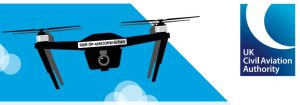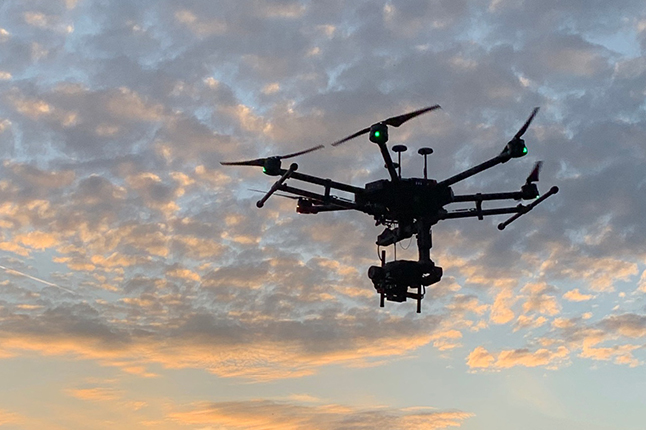Article
The UK has set out basic regulations for flying an Unmanned Aircraft (Drones) within the ‘Open Category’, to fly within this category you do not need to apply to the CAA for an Operational Authorisation, however if you wish to fly in any way outside of these limits then you will be flying in the ‘Specific Category’ and therefore would need to obtain an Operational Authorisation and complete the relevant course.
To fly in the Open Category you must always adhere to these rules, you must:
-Register as a UAS Operator, and display your Operator ID on your aircraft.
-Pass the online test and hold a Flyer-ID.
-Be responsible for flying your aircraft safely.
-Keep your aircraft in your direct sight at all times while it is in flight to ensure it does not collide with anything, especially other aircraft.
-Not endanger anyone, or anything with your aircraft.
-Not fly higher than 400ft / 120m above the surface.
-Not fly within the Flight Restriction Zone of a protected aerodrome, or within any other airspace restriction without permission.
-Fly an aircraft weighing less than 25Kg.

Within the Open Category there are three sub-categories;
| Sub-Category | How it is flown |
| A1 | Flying ‘over’ people |
| A2 | Flying ‘close to’ people |
| A3 | Flying ‘far from’ people |
You must always follow the rules of the sub-category in which you are flying, the full requirements for flying within each subcategory can be found by clicking here.
To help you understand what sub-category you are flying in and the rules that go with these the UK CAA have produced a number of Fact Sheets that are very useful to help you understand the rules that apply while you are flying, click on the links below for more information within these areas:
Flying as a hobby and at a club
The difference with the new 2020 regulations
DAMARES is the Drone and Model Aircraft Registration and Education System, as mentioned in the Open Category rules you must register as a UAS Operator and pass the online test and hold a Flyer-ID, well DAMARES is where you can access the education package, pass the exam and register click here to access the website.

Some of the rules associated with flying within the sub-categories of the Open Category relate to the type of drone you are flying, as of 1 January 2023 manufacturers will have to ensure any new drones meet a set of product standards, these will be classed from C0-C4 based on their capabilities and their weight.
| Class Marking | Sub-Category it can be flown |
| C0 & C1 | A1 sub-category – ‘over’ people |
| C2 | A2 sub-category – ‘close to’ people |
| C3 & C4 | A3 sub-category – ‘far from’ people |
Any drone that does not have a Class Marking is considered to be an unmarked drone and therefore is referred to as a ‘Legacy aircraft’.

‘Legacy’ aircraft can be flown in the following subcategories of the open category according to their weight:
| Aircraft Weight
|
Sub-Category it can be flown
|
| Less than 250g
|
A1 sub-category – ‘over’ people
|
| Less than 2Kg
|
A2 sub-category – ‘close to’ people *But you must keep 50m away from people and pass the A2 Theory Exam to gain an A2 CofC, if you have not passed this they can only be flown in the A3 sub-category
|
| 2Kg or more
|
A3 sub-category – ‘far from’ people
|
After 1 January 2023, you can still fly your ‘Legacy’, unmarked aircraft in the A3 sub-category (or the A1 sub-category if it weighs less than 250g). To fly close to people you would need to operate within the Specific Category under an Operational Authorisation and have passed the relevant course, for more information click here.
FPV gives the pilot the illusion of being in the aircraft during flight through the use of video goggles or the tablet screen view.
The law states that the remote pilot must keep their aircraft in their direct sight at all times while it is in flight to ensure it does not collide with anything, especially other aircraft. in order to fly FPV the remote pilot may be assisted by a UA observer helping them to keep the drone away from other aircraft and any obstacles. More information related to FPV can be found on the CAA website.
Flights of Unmanned Aircraft indoors do not have any impact on Air Navigation as they are not flown in the open air so there is no risk to any other aircraft, therefore are not governed by the UK CAA.

Full information regarding flying drones in the open category can be found on the CAA website here.

Liarne Fox
February 01